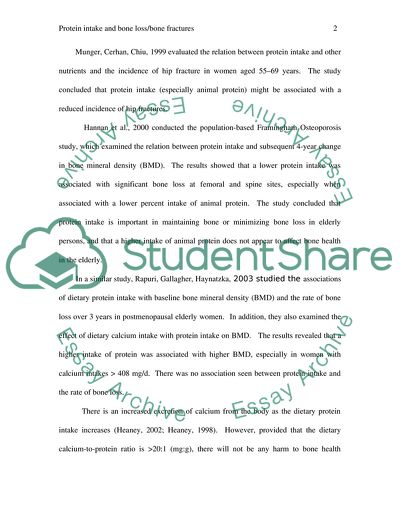Cite this document
(Protein Intake and Bone Loss and Bone Fractures Term Paper, n.d.)
Protein Intake and Bone Loss and Bone Fractures Term Paper. https://studentshare.org/health-sciences-medicine/1721494-protein-intake-and-bone-lossbone-fractures
Protein Intake and Bone Loss and Bone Fractures Term Paper. https://studentshare.org/health-sciences-medicine/1721494-protein-intake-and-bone-lossbone-fractures
(Protein Intake and Bone Loss and Bone Fractures Term Paper)
Protein Intake and Bone Loss and Bone Fractures Term Paper. https://studentshare.org/health-sciences-medicine/1721494-protein-intake-and-bone-lossbone-fractures.
Protein Intake and Bone Loss and Bone Fractures Term Paper. https://studentshare.org/health-sciences-medicine/1721494-protein-intake-and-bone-lossbone-fractures.
“Protein Intake and Bone Loss and Bone Fractures Term Paper”. https://studentshare.org/health-sciences-medicine/1721494-protein-intake-and-bone-lossbone-fractures.


